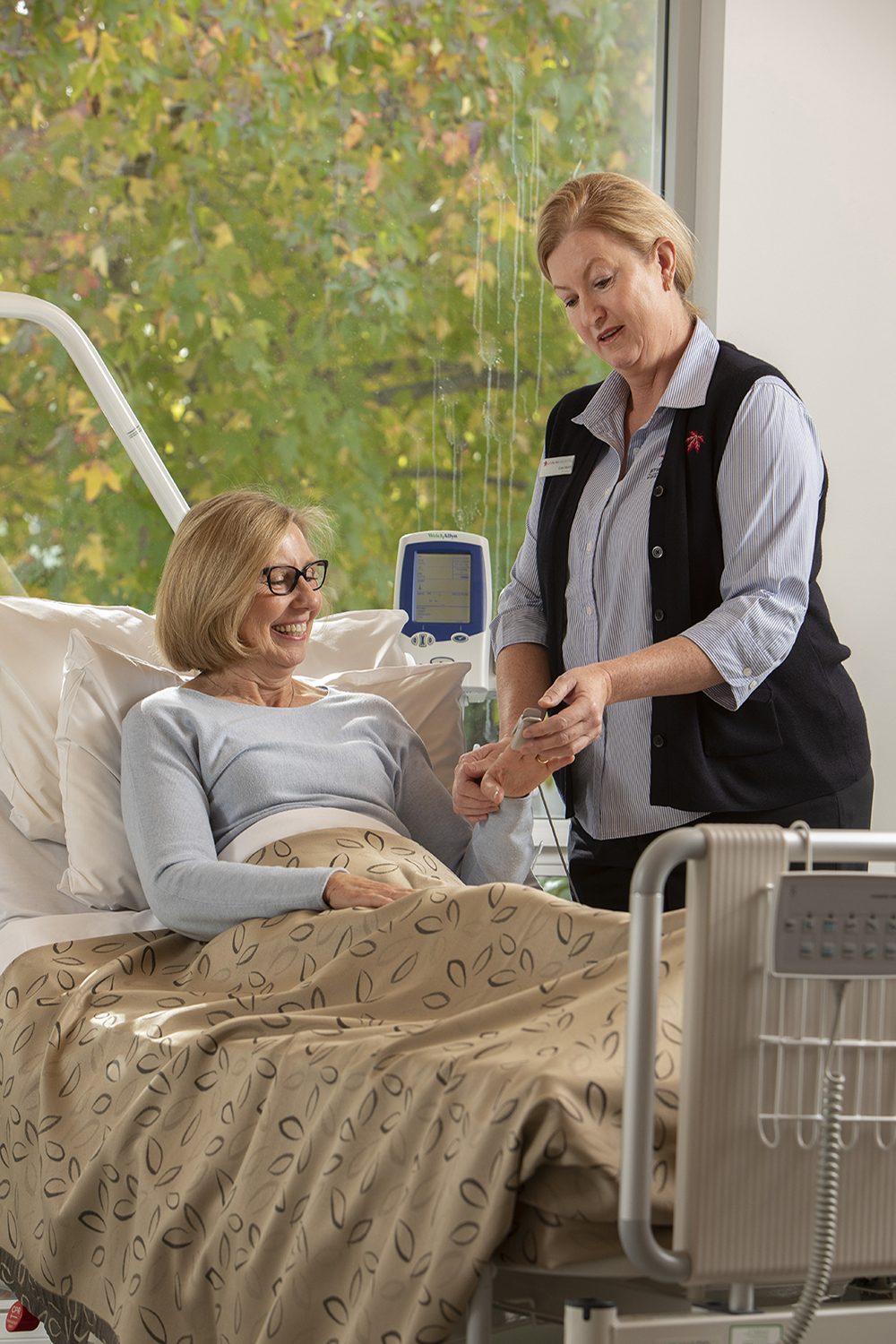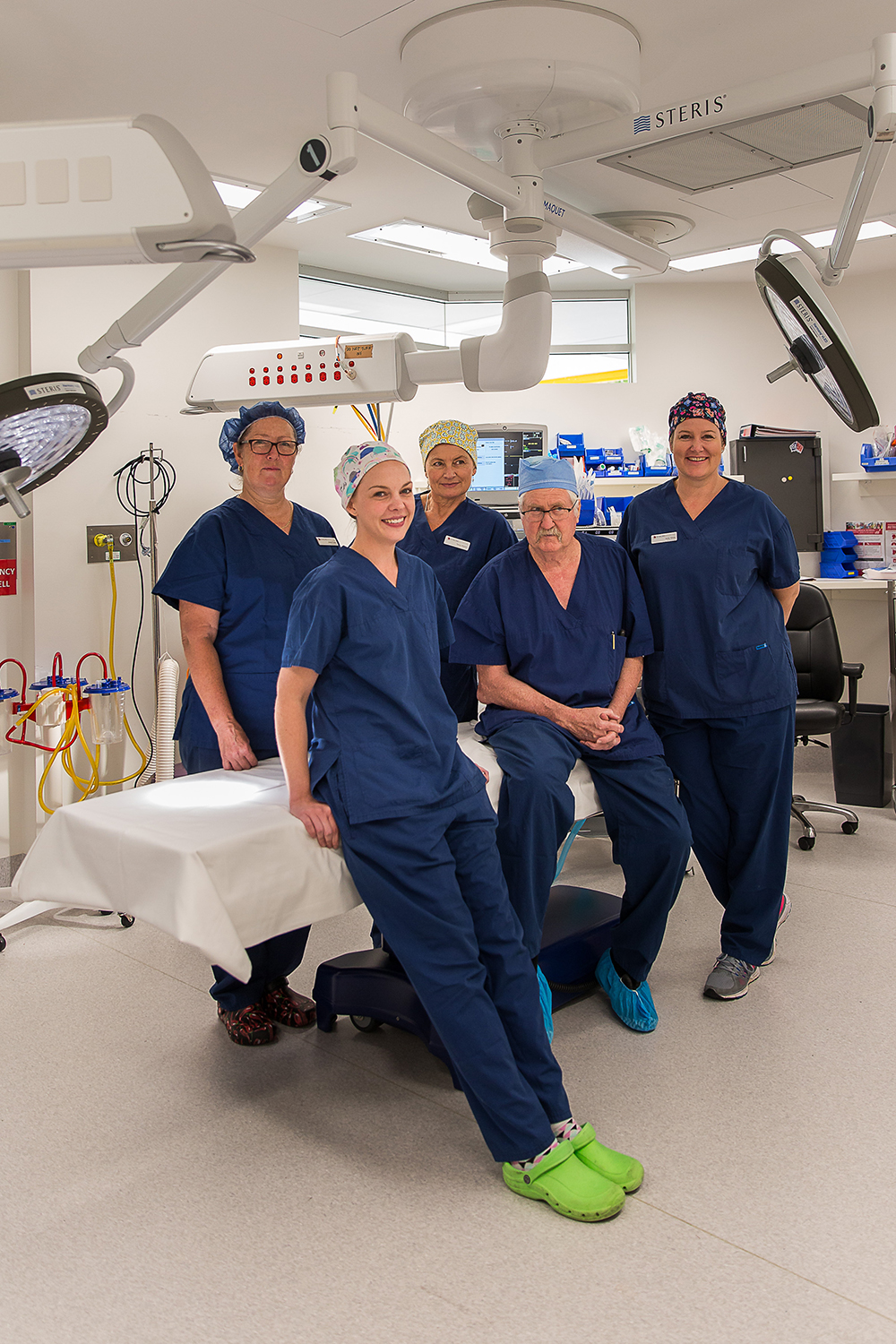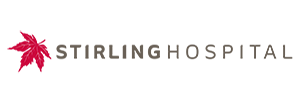Measuring Performance




Measuring Our Performance
HAND HYGIENE
Hand Hygiene is a general term referring to any action of hand cleansing and includes:
- Washing hands with the use of a water and soap or a soap solution, either non-antimicrobial or antimicrobial; OR
- Applying a waterless antimicrobial hand rub to the surface of the hands (e.g. alcohol-based hand rub).
When performed correctly, hand hygiene results in a reduction of microorganisms on hands.
The ‘Five Moments for Hand Hygiene’ have been identified as the critical times when hand hygiene should be performed. Stirling Hospital participates in the Hand Hygiene Program and three observational audits are undertaken per year of the ‘Five Moments for Hand Hygiene.’ All clinical areas within the hospital are included in the observational audits and are audited on at least 100 moments per area each audit cycle, three times per year.
Compliance Rate for Period 1, 2024:
- Stirling Hospital rate: 81.2%
- National rate: 86.8%
Compliance Rate for Period 2, 2024:
- Stirling Hospital rate: 85.9%
- National rate: 87.2%
Compliance Rate for Period 3, 2024:
- Stirling Hospital rate: 84.1%
- National rate: 86.9%
STAPH AUREUS BACTERAEMIA
Staphylococcus aureus is a bacteria found in the respiratory tract and on the skin. It can live on a healthy person’s body without causing any harm but can cause infection if it enters the bloodstream.
Patients who develop bloodstream infections are more likely to suffer complications which result in a longer hospital stay, antibiotic treatment and an increased cost of hospitalisation. Serious infections may also result in death. Cases of Staphylococcus aureus bacteraemia (SAB) are monitored through infection control surveillance processes. Hand hygiene compliance rates and rates of SAB are measures of safety and quality of a healthcare facility. Stirling Hospital monitors and reports these rates.
Other Safety and Quality Indicators
On all indicators, Stirling Hospital achieves excellent results which exceed all of the ACHS private national benchmarks, and demonstrates, by external review, that we are providing safe and quality health care.
FALLS
Inpatient falls remain a major cause of harm in acute care hospitals. Fall-related injury is one of the leading causes of morbidity and mortality in older Australians. Adverse events associated with falls may include bone fractures, soft tissue injury, and fear of falling again.
Interventions based on a proactive assessment, anticipation of patient needs, and
participation by multidisciplinary teams in prevention efforts are critical
A patient fall is defined as an event which results in a person coming to rest inadvertently on the ground or floor or other lower level.
Rate for July to December 2023
- Stirling Hospital rate: 0.093%
- ACHS Private National average rate: 0.231%
PRESSURE INJURIES
Pressure injuries are largely preventable hospital acquired injuries caused by unrelieved pressure resulting in damage to the skin and underlying tissue*. In the majority of cases they can be regarded as an adverse outcome of a health care admission. Many national and international healthcare agencies acknowledge that pressure injuries not only affect the health of the individual, but also place a significant strain on already stretched health resources.
This indicator measures the incidence of patients who develop one or more hospital
acquired pressure injuries.
Rate for July to December 2023
- Stirling Hospital rate: 0.00%
- ACHS Private National average rate: 0.005%
UNPLANNED READMISSION WITHIN 28 DAYS
Unplanned hospital readmissions are associated with patient discontent, increased
healthcare costs, and increased risk for morbidity and mortality. High unplanned hospital readmission rate is often interpreted as a marker of suboptimal healthcare system performance.
These indicators address only patients readmitted to the same organisation.
Unplanned hospital readmission refers to an:
- Unplanned admission for further treatment of the same primary condition for which the patient was previously hospitalised;
- unplanned admission for treatment of a condition related to the primary admission for which the patient was previously hospitalised;
- unplanned admission for a complication of the primary condition for which the patient was previously hospitalised.
Hospital readmissions are associated with a high cost to health services, are detrimental to patient wellbeing, and statistics can be calculated easily from administration databases. Thus, in many healthcare systems the rate of hospital readmissions is a widely recognised indicator for healthcare providers and government agencies to measure the quality of service delivery, the efficient use of resources and health expenditure, the outcomes of some surgical interventions, data for insurance contracting and to provide information for the public.
Therefore, preventing avoidable readmissions has the potential to improve both the financial and resource burden on the healthcare system and the quality of life for the patients following their initial treatment.
Rate for July to December 2023
- Stirling Hospital rate: 0.00%
- ACHS Private National average rate: 0.205%
UNPLANNED RETURN TO OPERATING
ROOM DURING SAME ADMISSION
Unplanned return of a patient to the operating room during the same admission may reflect less than optimal patient care. Unplanned return to the operating room has been widely used as a core outcome measure for surgical safety and quality.
Unplanned return to the operating room is more common than mortality for most surgical procedures, may arise (for different reasons) after almost any procedure, is relatively nondiscretionary, and is easily tracked with organisational data.
Unplanned return to the operating room has been identified as a screening tool for quality improvement in many countries.
Rate for July to December 2023
- Stirling Hospital rate: 0.094%
- ACHS Private National average rate: 0.096%


